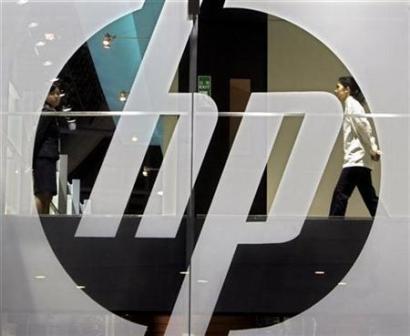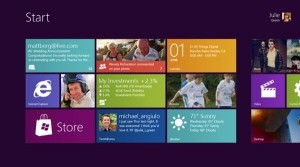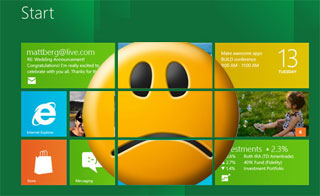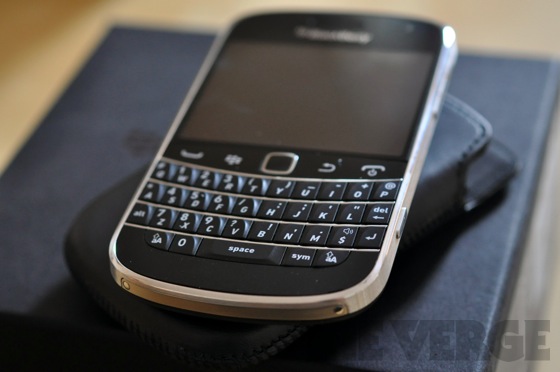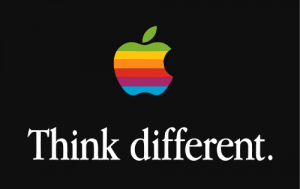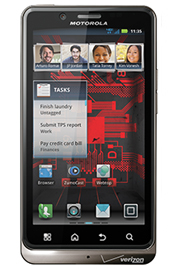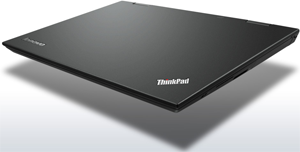 In a new report on the tablet market, Gartner predicts that the iPad will account for two-thirds of the 103.5 million units it expects to be sold next year and nearly half of the 326 million units in 2015. While its easy to quarrel with some of the details in the forecast (not to mention the ridiculous habit of forecasting sales to the nearest thousand) the general drift of the prediction seems dead-on.
In a new report on the tablet market, Gartner predicts that the iPad will account for two-thirds of the 103.5 million units it expects to be sold next year and nearly half of the 326 million units in 2015. While its easy to quarrel with some of the details in the forecast (not to mention the ridiculous habit of forecasting sales to the nearest thousand) the general drift of the prediction seems dead-on.
It wasn’t supposed to be this way. This year, the iPad was supposed to get three serious competitors in Android, Research In Motion’s PlayBook, and Hewlett-Packard’s TouchPad. Instead, the TouchPad was killed before it had a chance, PlayBook’s heart is barely beating, and Android, while still promising, is beset by mediocre products, fragmentation of the operating system, and a severe lack of applications. The only really good news is that Microsoft is determined to make Windows 8 tablets succeed when they launch next year, though it is way to early to assess its chances.
For competitors, 2011 was a year of badly missed opportunities and at least in the case of RIM and HP, these flubs have serious implications for the future of the companies. For RIM, the PlayBook, based on the QNX operating system, was to breathe new life into the slumping BlackBerry line. It showed great promise at the Consumer Electronics Show last January, but quickly flopped when launched in April.
The reasons were pretty obvious. Not only was it buggy, but the PlayBook shipped without native email, calendar, or contact apps. It was usable only if paired with a BlackBerry, which it also relied on for a 3G connection. In practice, its market was limited to existing BlackBerry owners on carriers other than AT&T because AT&T blocked installation of the software required for PlayBook pairing. To make matters worse, the selection of apps was dismal, even by BlackBerry standards. Summer came and went without promised software improvements appearing. Little wonder that PlayBooks mostly sat on dealers’ shelves.
In fact, the QNX sales forecasts are one of the odder things in the Gartner report (table). The analyst firm projects sales of 3 million for all of this year, odd because RIM shipped (to dealers, not sold through to customers) only 900,000 units in the six months ended in August. In would take one spectacular autumn to hit 3 million, and some sort of miracle–or at least a while new product line–to hit the forecasts of 6.3 million next year and 26 million in 2015.
Worldwide Sales of Media Tablets to End Users by OS (Thousands of Units)
| OS |
2010 |
2011 |
2012 |
2015 |
| Android |
2,512 |
11,020 |
22,875 |
116,444 |
| iOS |
14,685 |
46,697 |
69,025 |
148,674 |
| MeeGo |
179 |
476 |
490 |
197 |
| Microsoft |
0 |
0 |
4,348 |
34,435 |
| QNX |
0 |
3,016 |
6,274 |
26,123 |
| WebOS |
0 |
2,053 |
0 |
0 |
| Other Operating Systems |
235 |
375 |
467 |
431 |
| Total Market |
17,610 |
63,637 |
103,479 |
326,304 |
Source: Gartner (September 2011)
The failure of the TouchPad was even more tragic. When HP bought Palm and its webOS last year, company executives saw it out of a path in which its software choices were controlled by microsoft and its hardware was increasingly commoditized. But all the steam, heart, and funding went out of the effort when CEO Mark Hurd was fired and replaced (temporarily, it seems) by Léo Apotheker. What could have been a serious iPad challenger launched this summer as an intriguing but half-finished product. A battle that HP officials once said would take years, not months, ended in abject surrender after six weeks, when HP killed the TouchPad and the rest of the webOS Global Business Unit. The main impact of the whole HP-webOS affair was to set of an existential internal struggle over the future of HP. Gartner wisely projects next year’s sales at 0.
Android’s future as a tablet OS is hard to assess because the present is so muddled. This year saw dozens of products, or widely varying quality, hit the market, but none of them really took off, and none could answer the essential question of why they should be purchased rather than an iPad. Google will try again this fall with a new version of the software, called Ice Cream Sandwich, that is supposed to unify the fragmented Android landscape. But, in fact, further fragmentation may be in store if Amazon.com goes ahead with rumored plans for a custom tablet based on its own modified version of Android. If the rumors are correct, Amazon doesn’t want so much to challenge Apple as to create a new market for a low-0cost media consumption tablet.
One place I think Gartner may be seriously off the mark is in its forecast for Windows tablets. An estimate of 4.3 million units might be on target for next year because we don’t yet know when Windows 8 will ship, but 34 million, barely 10% of the total, seems unduly pessimistic for 2015. We’ve just gotten our first real glimpse of Windows 8, but it is clear that this is a very serious effort by Microsoft–the first, really–to design an operating system optimized for PC-like devices that lack mice and keyboards. Many questions, including how well Microsoft will do in attracting developer support, remain, but Windows 8 has the potential to become the iPad’s most serious challenger.
[thumbsup group_id=”2471″ display=”both” orderby=”date” order=”ASC” show_group_title=”1″ show_group_desc=”0″ show_item_desc=”1″ show_item_title=”1″ ]



